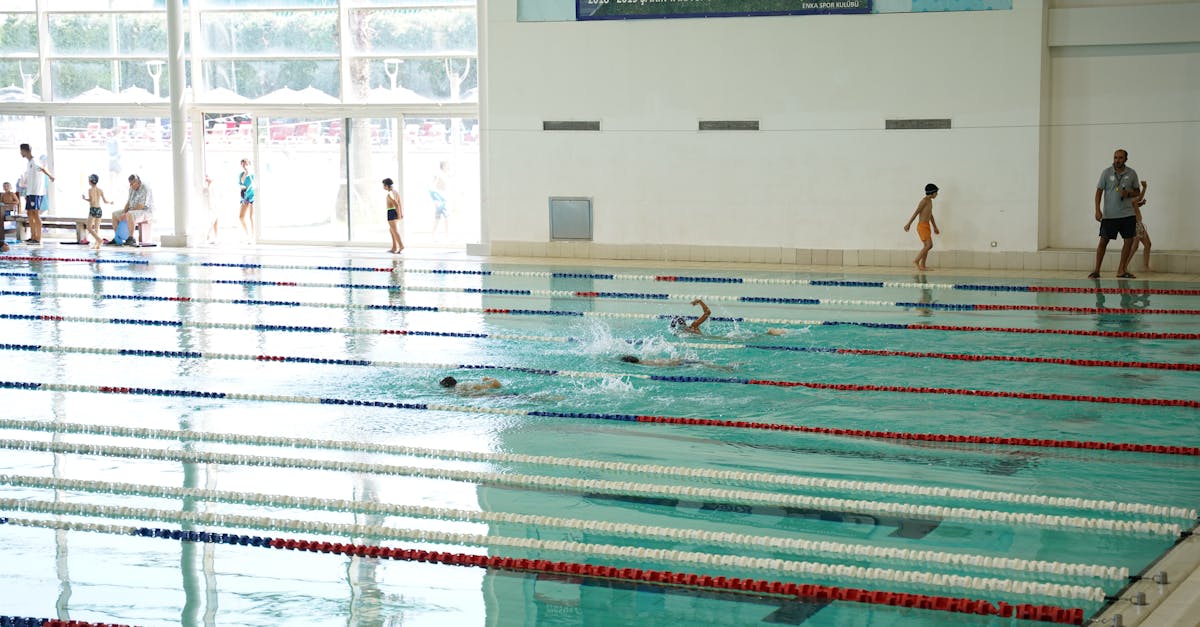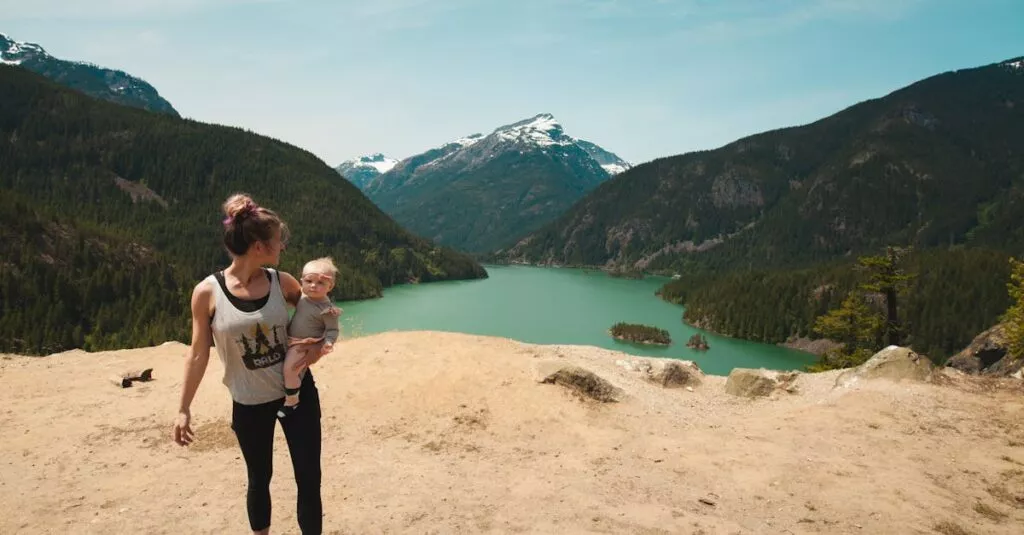Assessing Water Safety Before Play
As a solo parent, ensuring the safety of your children around water can be daunting. Before diving into fun, assess water playgrounds and pools. Check depth signs and look for lifeguards. Never underestimate this step—it’s crucial for safety.

Essential Swimming Skills for Children
Teaching your kids how to swim is key. Basic strokes, floating, and treading water are must-haves. Consider enrolling them in swimming classes. This empowers them and provides peace of mind for you.

Swimming is not only a fun activity but also a crucial life skill. By ensuring your children learn these fundamental swimming skills, you are equipping them with the tools to enjoy water safely and confidently.
Solo Parent Supervision Strategies
Keeping an eye on your kids while supervising solo isn’t easy. Use a buddy system if they’re with friends or take turns with another adult. Staying close and attentive is a smart strategy.

Image source: Pexels
Teaching Kids About Water Dangers
Educate your children on water dangers. Use simple language to explain rip currents, deep waters, and slippery surfaces. This knowledge could save their lives and keeps them informed.

Don’t underestimate the importance of teaching kids about water safety. Whether it’s at the beach, pool, or even a bathtub, awareness of potential dangers can prevent accidents and promote a sense of responsibility.
Using Safety Gear for Extra Protection
Equip your kids with essential safety gear such as floaties, life vests, and waterproof earplugs. Remember, these items aren’t mere gadgets—they are lifesavers.
Always opt for safety gear that fits well and complies with the necessary safety standards.

Emotional Support for Confident Swimmers
Confidence in the water often combats fear, but kids can still feel nervous. Give them emotional support, cheer during their small victories, and make sure they know you’re always there. This emotional backing is priceless.
Image source:
Creating a Water Safety Plan
Lastly, develop a water safety plan. Set clear rules and emergency protocols. Make sure your kids understand these steps to follow if something goes wrong. This ensures everyone knows their roles.

